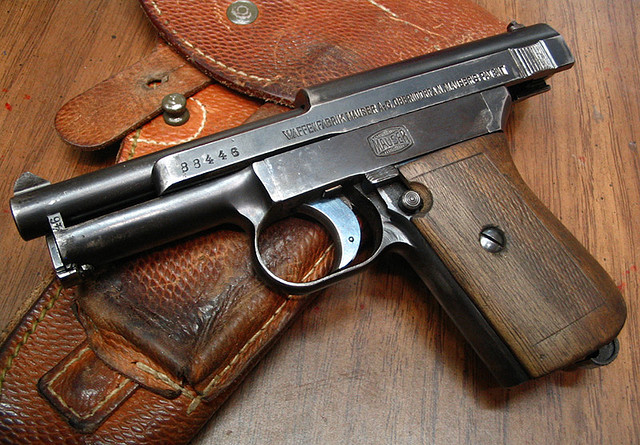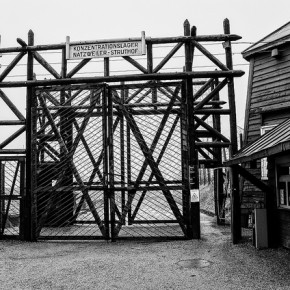Tragedy has once again struck the United States with a mass shooting at Florida State University. As a result, there will likely be another push to implement comprehensive gun control, and unfortunately, much of the discussion involves the wrong guns.
Liberals who support gun control frequently make the mistake of focusing too heavily on assault weapons. This is understandable, given that they simply look more dangerous, and are more likely to be used in mass shootings. However, if the objective is to implement effective firearm policy, then Washington must focus more on lighter arms.
When citing statistics, gun control advocates frequently stop by correctly stating that the United States has more gun-related deaths per capita than most countries in the world (and every developed state.) This does not tell us which guns are being used though, and leaves the argument to be focused on “military-style assault weapons and high-capacity magazines.” The Obama Administration has been careful not to discuss smaller weapons, mostly out of hesitance at taking an extremely unpopular stance. While there is a great deal of political wisdom in this move, it has been motivated by a liberal unwillingness to discuss a major part of the problem. Most gun deaths do not actually occur from rifles. FBI statistics prove that the majority of gun murders are actually the result of handguns.
The Obama Administration has framed its previous attempts at gun control legislation as “common sense,” which is important for pushing through some regulatory measures, even if they don’t fully solve the problem. The omission of more detailed statistics is arguably less about ignorance than it is a matter of political expediency, and long-term strategy. Ideally, Obama’s bill would lay the foundation for future legislation that can regulate guns even further. The danger of this position, however, is that it is fundamentally dishonest about the role that heavy weapons play in American gun violence. As a result, even if the White House pushed through a miraculous bill that regulates military-style assault weapons, the negligible reduction of actual gun deaths would be a powerful argument against further regulation. The counterpoint could easily be that expensive regulation didn’t substantially reduce the gun murder rate before, so why would it do it another time around? The debate is difficult enough that such a plan could easily backfire, if it even led to another major push.
Broadly speaking, though, the American debate on gun homicide probably has to move away from Washington. After all, Congress has proven extremely resilient in the face of popularly-backed gun control measures that are tied to “common sense” measures and an appraisal of the problem that isn’t even factually accurate. It is not difficult to imagine a ban on handguns mixing NRA-backed opposition with much less public support, dooming the electoral prospects of whoever proposes it. This means that if liberals are serious about reducing gun deaths, and many conservatives may actually agree with them, there needs to be a concerted effort to regulate the issue through state legislatures. State bodies are less contentious, and frequently pass legislation that barely even registers on the national radar. It is easier to fight the battle here, which is part of the reason that there actually are far more regulations on handguns at the state level. Unfortunately, this would require a level of dedicated strategy that has not been seen for the liberal establishment, particularly the Democratic Party. Unless some unforeseeable grassroots effort materializes, the entire issue could very well be hopeless, especially if all the energy is invested in banning assault rifles, instead of a realistic appraisal of the issue.
Photograph courtesy of Keary O. Published under a Creative Commons License.





